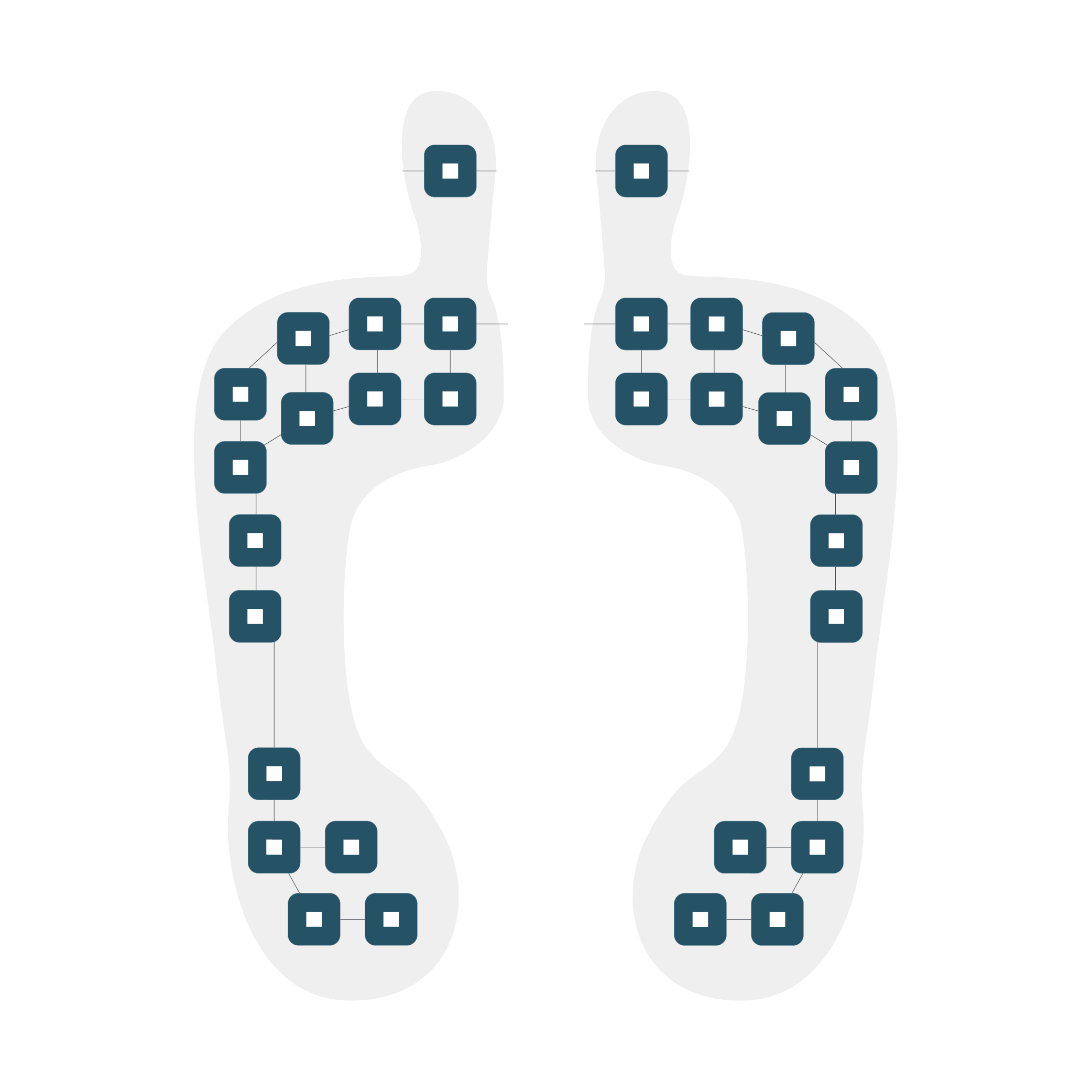Athlete performance monitoring is an area in sports science that uses sensor data and AI algorithms to provide new ways of understanding how athletes prepare for, participate in events, and recover from participation in events. Thanks to the development of advanced technology like wearable motion sensors, IMU data loggers, and IoT sensor solutions, sports professionals have access to real-time data analysis. This technological advancement has given way to customized training programs, low incidence of injuries, and improved general performance in the playing area. Thus, this article will review how these advancements are revolutionizing the sports industry.
The Role of Wearable Motion Sensors in Sports
Wearable motion sensors have become an indispensable element in the way athletes train nowadays. Many wearables monitor variables like speed, acceleration, and movement, which are then analyzed to provide important information to coaches and athletes. In contrast to previous approaches that were based on largely subjective observations, wearables equipped with motion sensors supply accurate, quantifiable insights. This makes it easier to assess an athlete’s performance, both strengths and weaknesses.
For example, in football or basketball, motion sensors can record the movements of a player during a game. It is possible to create a personalized training routine based on a player’s behavior by using the data collected. For example, by looking at the point where they begin to slow down, a coach can understand player endurance and develop strategies to either build up endurance or compensate. These sensors have become vital in sports science as they have greatly enhanced the decision-making process and, most importantly, performance.
IMU Data Loggers: Tracking Athlete Movements Accurately
The other key instrument for recording athlete performance is an IMU (Inertial Measurement Unit) data logger. They incorporate accelerometers, gyroscopes, and magnetometers to monitor the movement of an athlete. IMUs thus help to capture data that is used to analyze important variables related to performance, like balance, agility, and reaction to various stimuli.
For instance, during running, an IMU data logger can capture the runner’s stride and body control during the session. Based on analysis of inertial loads at each stride of a specific exercise, a coach can assess the fatigued state of an athlete and modify the exercise regimen. Such detailed analysis enables one to avoid injuries and, at the same time, verify whether the athletes are exercising at the right intensity.
IoT Sensor Solutions: Connecting Athletes to Data
As we have seen, IoT connected sensor solutions are changing the face of how athletes train and perform. These sensors create links between various devices and platforms. This forms a network capable of collecting data from different systems. Such integration allows the coaches and sports scientists to gather a host of information ranging from biometric information to important environmental conditions that affect training.
Another advantage of using an IoT sensor solution is enables us to compile an overall picture of an athlete’s performance. For instance, IoT sensors installed in smart clothing collect data on the athlete’s heart rate. It also includes temperature and water intake during exercise. The collected data is then channeled through an application for analysis. Finally, it returns feedback to the athletes on their training and healing processes.
Similarly, IoT sensors can inform coaches about certain problematic conditions. This includes dehydration or overheating of the player, among others. The application of IoT in sports is also aiding in making the environment healthier and more efficient for athletes.
Edge AI Solutions: Enhancing Real-Time Decision Making
Edge AI solutions are taking the analysis of sports performance to a whole new level of possibility. This AI differs from conventional AI because analysis is performed on the device in question, not in the cloud. This makes it possible to analyze and make decisions on the fly, which provides a huge advantage in sports.
Applications of edge AI are more effective in areas where decisions are required on the spot, such as during live games. For instance, edge AI can data from multiple sensors to assess a player’s positioning and technique. This information can be used to make in-game adjustments, thus improving the team’s overall strategy.
Moreover, edge AI can analyze data from wearable sensors to monitor athlete’s physical condition. It provides instant feedback that can prevent injuries. The ability to process data on the spot makes edge AI an essential tool in modern sports science. It offers a competitive edge to those who use it.
Player Performance Analysis: The Key to Success
Player performance analysis has always been a crucial part of sports. However, with the advent of advanced monitoring tools, this analysis has become more detailed and accurate. By combining data from a wearable motion sensor and IoT sensor solution, coaches can gain a comprehensive understanding of an athlete’s performance.
The Future of Athlete Performance Monitoring
As technology continues to evolve, the future of athlete performance monitoring looks promising. Advances in IMU data logger and IoT sensor solutions will likely lead to even more sophisticated methods of data collection and analysis. Additionally, custom edge AI solutions will become more integrated into sports science. They will provide real-time insights. This can significantly impact how athletes train and compete.
Conclusion
The integration of advanced technology with sports science is redefining the way athletes are monitored and managed. These tools offer unprecedented insights into athlete performance. They enable more personalized training programs and better injury prevention strategies. The use of these technologies is essential for those looking to gain a competitive edge. For those interested in exploring these cutting-edge solutions, 221e offers a versatile multi-sensor platform for a wide range of wearable and IoT applications.

